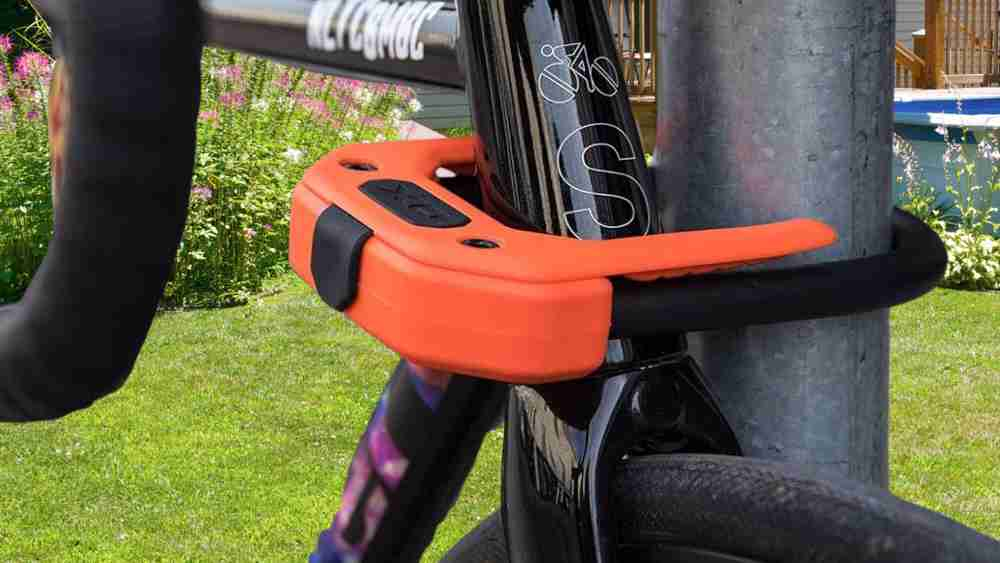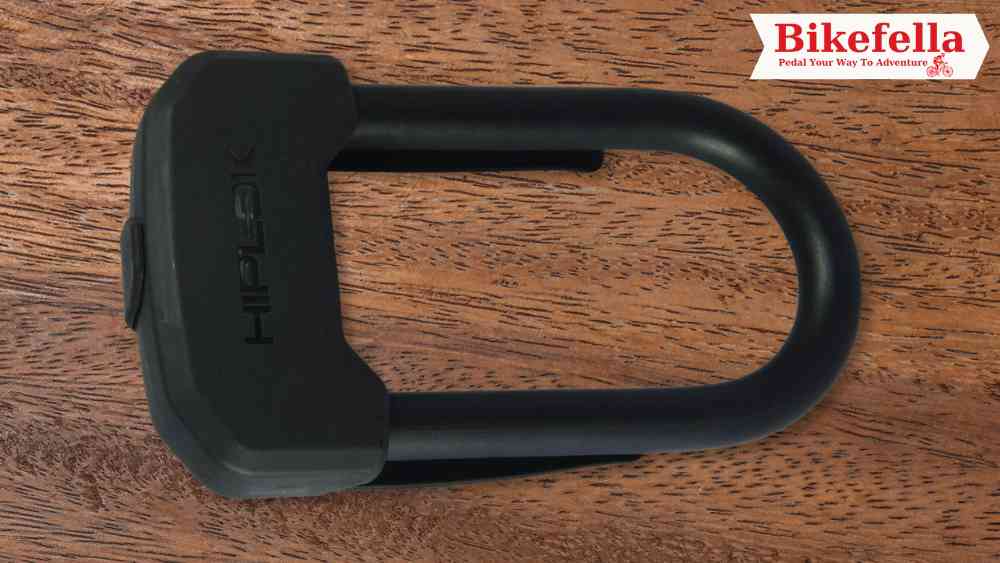Are you curious about the cost of owning an electric bike? If you’ve ever wondered, How Much are Electric Bikes, you’re not alone. Understanding how much are electric bikes can help you make an informed decision about this eco-friendly transportation option.
I will break down the factors that influence how much electric bikes are and provide insights into the different price ranges.
When considering the cost of electric bikes, prices can vary widely. Top-rated e-bikes often come with premium features, leading to higher price points.
By the end, you’ll have a clear picture of how much are electric bikes and what to expect in the market. Let’s dive into the world of e-bikes and discover how much are electric bikes really.
Factors Influencing the Cost of Electric Bikes


Price Range and Recommendations
For a good quality electric bike and a top-rated bike that a bike shop can easily service, you should expect to pay between $250 and $1,800. There are options that go much higher, especially if you’re looking for advanced features or specialized designs.
While it is possible to find new electric bikes for less than $250, these are generally not recommended. They often lack durability, reliability, and the performance that more expensive models offer.
Frame and Components
Like traditional bikes, the cost of an electric bike starts with the frame and components. A durable frame is essential because it needs to handle the additional weight and torque from the motor.
The drivetrain, which includes the gears and chain, must be robust to cope with the extra stress. Additionally, dependable brakes are crucial for stopping a heavier and faster-moving bike safely. These basic elements add to the overall cost but are vital for a quality riding experience.
Electric Components
Electric bikes have components like batteries and motors that add to the cost. These components impact the bike’s range, power, reliability, and overall design.
Battery Size and Distance
The battery size largely determines how far you can travel on a single charge. Bigger batteries mean longer rides with assistance. Battery capacity is measured in watt-hours (Wh).
Common battery sizes range from 400 to 500 watt-hours, but they can be smaller or larger. Batteries over 700 watt-hours are available for those who need extra distance. Larger batteries generally cost more, but they allow for extended riding without needing to recharge frequently.
Motor Power
The motor on an electric bike determines how much assistance you get when pedaling. Motor power is measured in watts (W). If you frequently ride up hills or carry heavy loads, a more powerful motor can be beneficial.
Common motor sizes are 250 watts and 500 watts, with some going over 700 watts for increased power. More powerful motors are more expensive, but they provide better performance, especially in challenging conditions.
Reliability
Reliability is another key factor in the cost of an electric bike. More reliable bikes typically use batteries, motors, and controllers from well-known brands like Bosch, Shimano, or Bafang.
These brands are trusted in the industry and known for producing high-quality, durable components. Opting for a bike with parts from a reputable brand can increase the price but often ensures better performance and longevity.
Design Integration
The design of an electric bike can also influence its price. Bikes with electrical components seamlessly integrated into the frame tend to cost more.
For example, a bike with a built-in battery and motor will look sleeker and more like a regular pedal bike. This integration not only enhances the bike’s aesthetics but also can improve balance and handling.
Conversely, bikes with externally mounted batteries and hub motors are cheaper to design and produce, thus costing less.
Making the Right Choice
Understanding the various factors that affect the price of an electric bike can help you make an informed decision. Consider what you need the bike for—whether it’s for commuting, recreational riding, or tackling tough terrains—and choose accordingly.
If you need long-range capabilities, look for a bike with a larger battery. For hilly areas or carrying heavy loads, a bike with a more powerful motor might be worth the extra cost.
Prioritizing reliability by choosing known brands can save you money in the long run due to fewer repairs and replacements.
In-depth Considerations for Purchasing an Electric Bike
When selecting an electric bike, it’s essential to consider what you value most: performance, reliability, or design. These elements significantly influence the price and overall satisfaction with your purchase.
Performance
Performance is often a top priority for you. This includes factors like speed, range, and the ability to handle different terrains. The motor and battery play crucial roles here. Higher wattage motors (500W and above) provide more power, which is helpful for climbing hills or accelerating quickly.
Larger batteries (above 700Wh) offer longer range, which is beneficial for long-distance rides or commuting without frequent recharges. However, both of these upgrades come at a higher cost.
Reliability
For those who rely on their electric bike for daily commuting or long trips, reliability is paramount. Investing in a bike with components from reputable brands can be worthwhile.
Known brands like FD FREEDARE and Heybike Electric Bike have a track record of quality and offer better warranties and customer support.
This means fewer breakdowns and longer-lasting performance, justifying the higher initial investment.
Design and Aesthetics
If you want to place a high value on the bike’s appearance and the integration of its components. Electric bikes that look more like traditional pedal bikes, with sleek designs and hidden electrical parts, tend to be more expensive.
However, these bikes often offer better balance and handling, making them more enjoyable to ride. The clean lines and modern look can also be a significant factor for those who want their bike to make a statement.
Cost vs. Benefit Analysis
When deciding how much to spend on an electric bike, consider a cost vs. benefit analysis. Such as Jasion Electric Bike cheaper bike might save money but sometimes you need to repairs and replacements parts.
On the other hand, a higher-priced like FD FREEDARE E-Bike with quality components and better performance might offer greater satisfaction and fewer issues over time.
Practical Tips
Here are some practical tips to help navigate the purchase of an electric bike.
Set a Budget: Determine how much you’re willing to spend based on your needs and financial situation. Remember that investing a bit more upfront can save you from future repair costs and provide a better riding experience.
Research Brands: Look for reviews and ratings of different brands and models. Reputable brands like FD FREEDARE, Heybike Electric Bike are known for their quality and reliability.
Test Ride: If possible, test ride several models. This will give you a feel for the comfort, handling, and performance of each bike, helping you make a more informed decision.
Consider Long-Term Costs: Factor in potential maintenance and repair costs when choosing a bike. Higher-quality bikes might have higher initial costs but lower long-term expenses.
Look for Warranties: A good warranty can provide peace of mind and protect your investment. Check what is covered under the warranty and for how long.
Additional Considerations
To further enhance your understanding of electric bikes and their costs, let’s delve into some additional considerations that can impact your decision-making process.
Types of Electric Bikes
Electric bikes come in various types, each designed for specific uses. The type you choose will also affect the price.
- Commuter E-Bikes: These are designed for everyday commuting and city riding. They often feature a comfortable design, moderate motor power, and enough battery range for daily travel. Prices typically range from $800 to $3,000.
- Mountain E-Bikes: Built for off-road and rugged terrain, these bikes have powerful motors, robust frames, and advanced suspension systems. They are generally more expensive, ranging from $1,000 to $4,000 or more.
- Folding E-Bikes: Ideal for those with limited storage space or who need to transport their bike easily, folding e-bikes are compact and convenient. Prices can range from $1,000 to $3,000.
- Cargo E-Bikes: Designed to carry heavy loads, these bikes are perfect for transporting goods or children. They usually have powerful motors and large batteries to handle the extra weight, with prices ranging from $1,000 to $4,000 or more.
Battery Technology
Battery technology is a critical component of electric bikes, and advancements in this area can influence both cost and performance.
- Lithium-Ion Batteries: Most modern e-bikes use lithium-ion batteries due to their high energy density and longer lifespan. They are more expensive but offer better performance and longevity compared to older battery types.
- Battery Management Systems (BMS): A good BMS protects the battery from overcharging, overheating, and other issues, ensuring a longer life and better performance. Bikes with advanced BMS are often more reliable but come at a higher price.
Motor Types
The type of motor used in an electric bike also affects its cost and performance.
- Hub Motors: These are located in the wheel hub and are common in lower-cost e-bikes. They are easier to install and maintain but may offer less torque compared to mid-drive motors.
- Mid-Drive Motors: Positioned in the middle of the bike, near the pedals, mid-drive motors provide better weight distribution and more efficient power transfer. They are typically found in higher-end models and offer superior performance, especially for hilly terrains.
Controller and Display
The controller and display unit on an electric bike manage the interaction between the rider and the bike’s electrical system. Advanced controllers offer better customization and performance management but can increase the cost.
- Basic Displays: Show essential information like battery level, speed, and assist level. These are common on lower-cost bikes.
- Advanced Displays: Offer more features such as GPS navigation, ride data logging, and smartphone connectivity. Bikes with advanced displays are usually more expensive.
The Future of Electric Bikes
The electric bike market is rapidly evolving, with new technologies and trends emerging. Here are a few developments that might influence the cost and appeal of electric bikes in the future:
Improved Battery Life and Range
Advancements in battery technology are leading to longer-lasting batteries with greater range. As research progresses, we can expect to see electric bikes with even longer ranges and shorter charging times, potentially at lower costs as technology becomes more widespread.
Lighter Materials
The use of advanced materials such as carbon fiber can reduce the weight of electric bikes, making them easier to handle and more efficient. Although these materials can increase the cost, they offer significant performance benefits.
Smart Features
Integration of smart technology, such as app connectivity, advanced theft protection, and integrated lighting systems, is becoming more common. These features add convenience and security but can also raise the price of the bike.
Final Thoughts
Investing in an electric bike involves considering various factors that affect its cost, including the quality of components, battery and motor specifications, reliability, and design. By understanding these elements and aligning them with your needs, you can find an electric bike that offers the best value for your money.
Electric bikes offer a versatile, eco-friendly, and enjoyable mode of transportation. Whether you’re commuting to work, exploring off-road trails, or simply enjoying a leisurely ride, there is an electric bike suited to your needs and budget. By making an informed decision, you can enjoy the many benefits of electric biking for years to come.










Leave a Reply